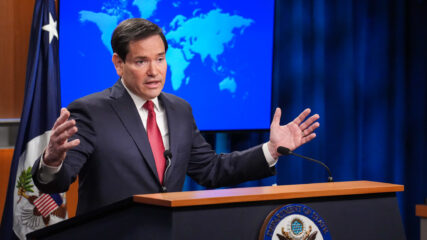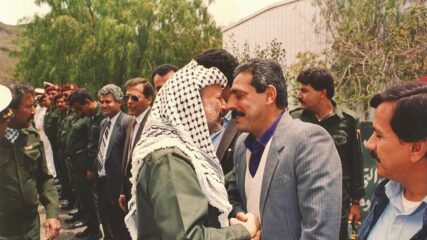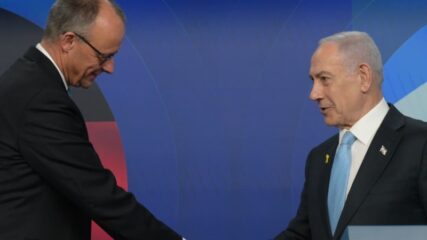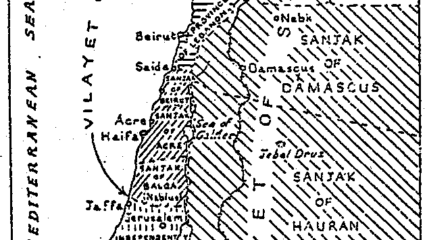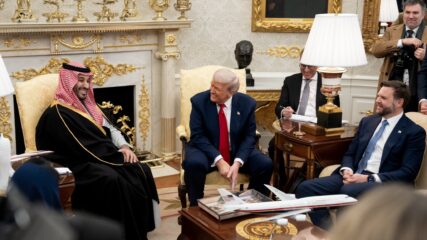Kenneth W. Stein, “Evolving a Diplomatic Legacy From the October War: The US, Egyptian, and Israeli Triangle,” in Asaf Siniver (ed.), The October 1973 War Politics, Diplomacy, and Legacy, London: Hurst and Company, 2013. This article covers pages 209 to 229.
In advance of the 2012 congressional elections, a New Mexico senatorial candidate recently asked, “What is the most striking difference between Middle Eastern Arab political systems and ours in the United States?” The response was: “In the US, there is institutional leadership, in the Middle East, leaders are institutions themselves.”
For more than a thousand years, dynastic, tribal, and autocratic regimes have dominated Arab politics, bureaucracies, militaries, and governments. They have existed at the local, national, and regional levels. There are many examples: the Meccans, Umayyads, Buwayids, Abbasids, Fatamids, Almoravids, Osmanis, Saudis, Rashidis, Hashemites, Sabahs, Tikritis, etc. In the last century, how different would Palestinian Arab politics have been if the Mufti of Jerusalem, Hajj Amin-al-Husseini, and the head of the PLO, Yasser Arafat, had not dominated their community and undermined alternative political voices at virtually every turn?
Since the political upheaval that began across the Arab world in late 2010, the general public’s vitriol and revulsion have been aimed at domineering autocrats. Since Mohammed Morsi’s summer 2012 election in Egypt, rampant conjecture has revolved around his political direction and his relationships with the Egyptian military, the Muslim Brotherhood, Iran, Hamas, the Egyptian parliament, and foreign powers. The cry for change across the region has called for reducing the dictatorial roles of imperious rulers, elite cronyism, and corruption. So far, the change has focused on who rules, rather than by what rules of governance inhabitants might be assured basic rights.
Read the Full Article in a Printable PDF

